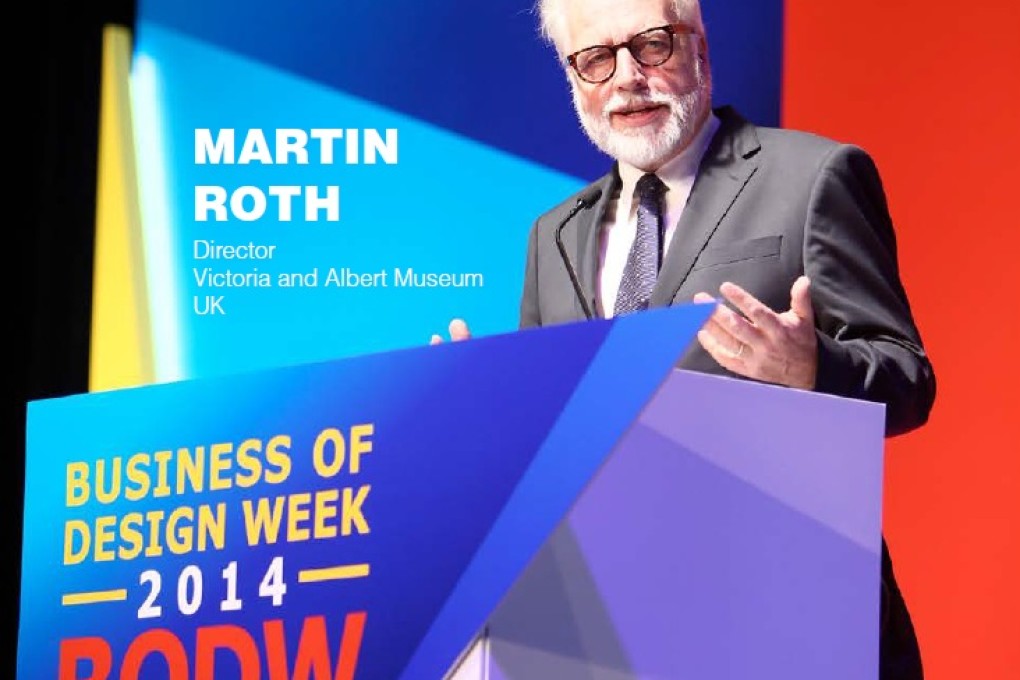Museums can open a window on a rich cultural mix
Originally known as the Museum of Manufactures (and then, South Kensington Museum), what is now known as the Victoria and Albert Museum (V&A) was founded partly in response to working class needs in 19th century Britain.

The dictionary definition of a museum describes “an institution that cares for (conserves) a collection of artifacts and other objects… and makes them available for public viewing through exhibits that may be permanent or temporary”. So, in terms of education and the development of the design industry, how can museums make an impact? Martin Roth, Director of the Victoria and Albert Museum (London), explains.
Originally known as the Museum of Manufactures (and then, South Kensington Museum), what is now known as the Victoria and Albert Museum (V&A) was founded partly in response to working class needs in 19th century Britain. “They faced major issues in society like educating the public. The V&A was a response to that, giving people access to what would usually be kept for the privileged,” Roth says.
The museum’s restaurant, designed by William Morris – a well-known designer and social activist who was an important part of the Arts and Crafts movement at that time – is a good example. “Those without servants could have an affordable meal in a beautiful surrounding,” says Roth, adding that this showed an accessibility that could lead to learning. “And I once heard that the old auditorium windows could open and people would listen to the lectures through the windows. From making to creating, the values of design and ecology to serving the people – that is what the V&A has always been about.”
Design education itself has changed a lot in London. Today 80 percent of Britain’s creative economy is based in the city and it’s now known as an international design centre – a reputation that has grown since the 1970s. Before that, there was no government support for the industry, Roth says. “It’s bolstered by the rise in university attendance. While government support helped the industry, the development and growth of schools like the Royal Academy of Arts and Central St Martins, now part of the University of the Arts, London, also made a difference.” And, let’s not forget, access to national collections held in museums in the city helped put it on the map.
Internationally, ease and affordability of travel results in more global travellers, and people increasingly study overseas. The V&A has always received volume numbers of students, many of whom stay for hours, studying or copying items on display. On top of this, exhibitions tour the world – and then there’s the option of viewing exhibitions or artefacts online. The V&A Collections archives are available online, with free access. “It’s vital for youngsters and students. When the question of charging came up, I said: over my dead body – it’s a valuable resource,” Roth says with conviction. “Our aim should be to give young students every possibility in a changing world. We can influence tastes and young people’s perception of the creative arts, and what they mean,” he adds.
For Roth, these are inherent daily considerations. When it comes to projects and collaborations, he prefers long-term co-operations, like that with the Shekou Design Museum, of Guangdong, which will have a V&A gallery. “It will have the same mission – creating a space for the public to engage in a constructive dialogue,” Roth says. “It’s an experiment, working with other institutions in China and our international colleagues there. The team’s diversity develops a productive relationship; we all have different systems of working and are learning a lot, sharing knowledge,” he adds.
